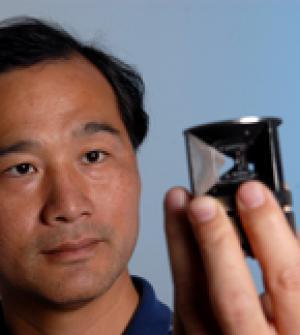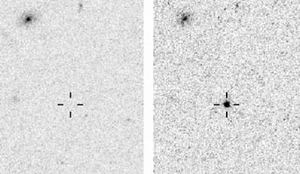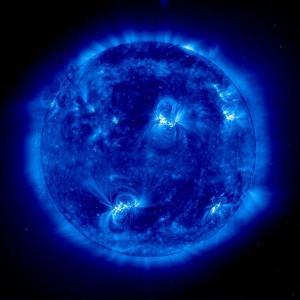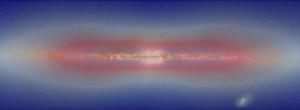A long-standing scientific belief holds that stars tend to hang out in the same general part of a galaxy where they originally formed. Some astrophysicists have recently questioned whether that is true, and now new simulations show that, at least in galaxies similar to our own Milky Way, stars such as the sun can migrate great distances.
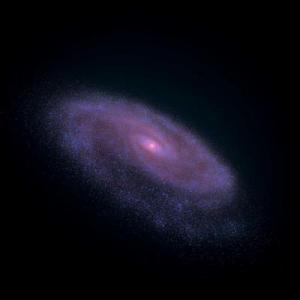
|
| ©Rok Roškar
|
| This image is from a computer simulation showing the development and evolution of the disk of a galaxy such as the Milky Way.
|
What's more, if our sun has moved far from where it was formed more than 4 billion years ago, that could change the entire notion that there are parts of galaxies - so-called habitable zones - that are more conducive to supporting life than other areas are.
"Our view of the extent of the habitable zone is based in part on the idea that certain chemical elements necessary for life are available in some parts of a galaxy's disk but not others," said Rok Roškar, a doctoral student in astronomy at the University of Washington.
"If stars migrate, then that zone can't be a stationary place."
If the idea of habitable zone doesn't hold up, it would change scientists' understanding of just where, and how, life could evolve in a galaxy, he said.
